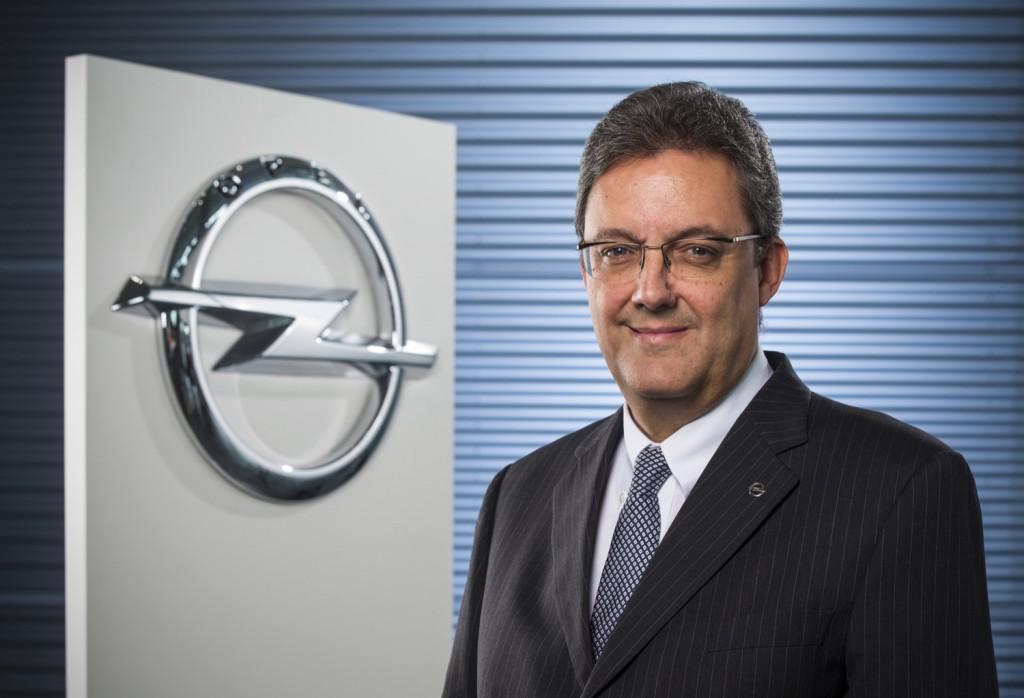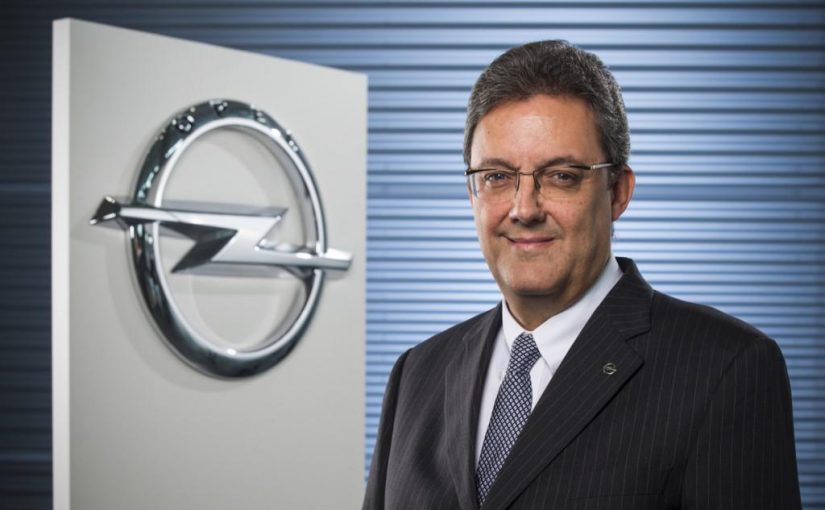
Should You Buy a Car With a Dual-Clutch Transmission?
Like AutoGuide.com on Facebook
In the quest to find a fresh car, there are a lot of questions that need to be asked. Questions about cargo room, technology, options, luxuries and other various elements will come up more than a few times while shopping for a fresh car. However, from the car driver’s perspective, there are just three main questions: How convenient is the driving practice? How joy is it to drive? How good is the car on fuel?
A major factor in answering those three questions has to do with the right transmission. Let’s face it, manual transmissions aren’t for everyone. They require familiarity and a level of perfection to get just right. With a traditional automatic transmission, drivers have been able to practice a fairly convenient, yet less engaging practice. Still, an automatic transmission can leave any driving enthusiast unsatisfied. Fortunately, progress has been made in the world of automatic transmissions that can help alleviate those woes.
The latest trend in transmissions is the Dual-Clutch Transmission, or DCT. Dual Clutch Transmissions have been around for fairly a while, especially in high-powered spectacle cars, but the technology has been steadily making its way into more everyday driver consumer cars. DCTs are a lot like manual transmissions, except they have two clutches, and no pedal to control them. What this means is that there’s less interruption of power when shifting gears. It works like this: as you’re driving along, the car has already selected the next gear, so when it’s needed, it just does a quick switch. No need for disengaging and engaging the clutch. The entire gear switch takes just milliseconds to finish, much quicker than a manual transmission.
To compare, the average person’s time to shift a manual transmission ranges inbetween half a 2nd to a utter 2nd. Regular automatic gearboxes have traditionally taken much longer and even however some modern units, like those from Mercedes-Benz, can shift in as little as one hundred milliseconds, there’s often still a delay inbetween driver input and the gear shift. While shift times vary depending on the gear chosen, Volkswagen’s DSG unit can upshift in just eight milliseconds.
Many DCTs can operate in two modes, a fully automatic mode, so the car’s computer chooses when to switches gears for you, or a manual mode, which lets you select gears via buttons, steering wheel paddles, or by moving the gear stick. The DCT in the end is an ideal candidate for a driver who wants to have an engaging manual like driving practice when they want it, and a comfy automatic transmission for more mundane driving.
The very first passenger car to have a DCT was the two thousand three Volkswagen Golf R32 (top). Other car companies have leaped on board with the DCT technology, suggesting it as an option on many cars. The technology seems to suggest that DCTs are a fine idea for high-performance cars, where precision gear-changes are necessary, but how do DCTs act on your regular passenger car?
Ford’s version of the DCT, called Powershift, has been available on the Fiesta, and Concentrate for a little while now, and has encountered a few snags. Drivers found that the shifting is not as sleek as they expected. Additionally, there was some slowness in the selection of the next gear, especially when attempting to accelerate at lower speeds. These issues aren’t just present on Ford’s DCT. Some drivers call VW’s dual clutch solution jerky too, especially in slow speeds.
Those minor quibbles about DCTs, however, are nothing compared to the issues that have plagued single clutch sequential gearboxes. DCTs are significantly smoother than single clutch units, prompting a switch by companies like Ferrari and BMW.
Richard Truett from Ford explained what the future holds for their DCT. “We are continually working to refine and improve the dual clutch transmission, so that when it switches gears the sensation won’t be any different from a traditional hydraulic step-gear transmission,” he said, acknowledging past criticisms.
Volkswagen is upbeat however. Mark Gillies, manager of product and technology communications for VW says, “The future looks good for DSG, because it combines the ease and convenience of an automatic transmission with the fun-to-drive element of a manual and because it doesn’t have an energy-sapping torque converter, it usually gets better gas mileage than a conventional automatic.”
He also adds, “We are very blessed with the technology and feel it gives us a unique selling proposition, particularly on our TDI and sporty vehicles.” To date, Volkswagen has sold Three.Five million cars with their dual clutch transmissions.
Are DCT’s an ideal option for every car? Truett tells us there are a few places where a DCT just won’t work. “Dual clutch automatics don’t make sense for some vehicles, such as our Super Duty pickups.” Truett added, “A dual clutch transmission works best in a vehicle where fuel economy is the top priority. So, you are likely to see dual clutch automatics in our global petite cars.” So if you’re looking for a sportier feel in your daily drive, but want the ease of an automatic, a DCT is a superb choice. It’s far more responsive than a traditional automatic or a Continuously Variable Transmission, and brings comparable fuel efficiency. DCT’s can be a good blend of spectacle and fuel economy, but that ratio depends on the manufacturer and the car. Some are much better on gas than manual or traditional automatic, while others can be more spectacle oriented.
Either way, attempt it out yourself when determining if it’s truly better for you.

